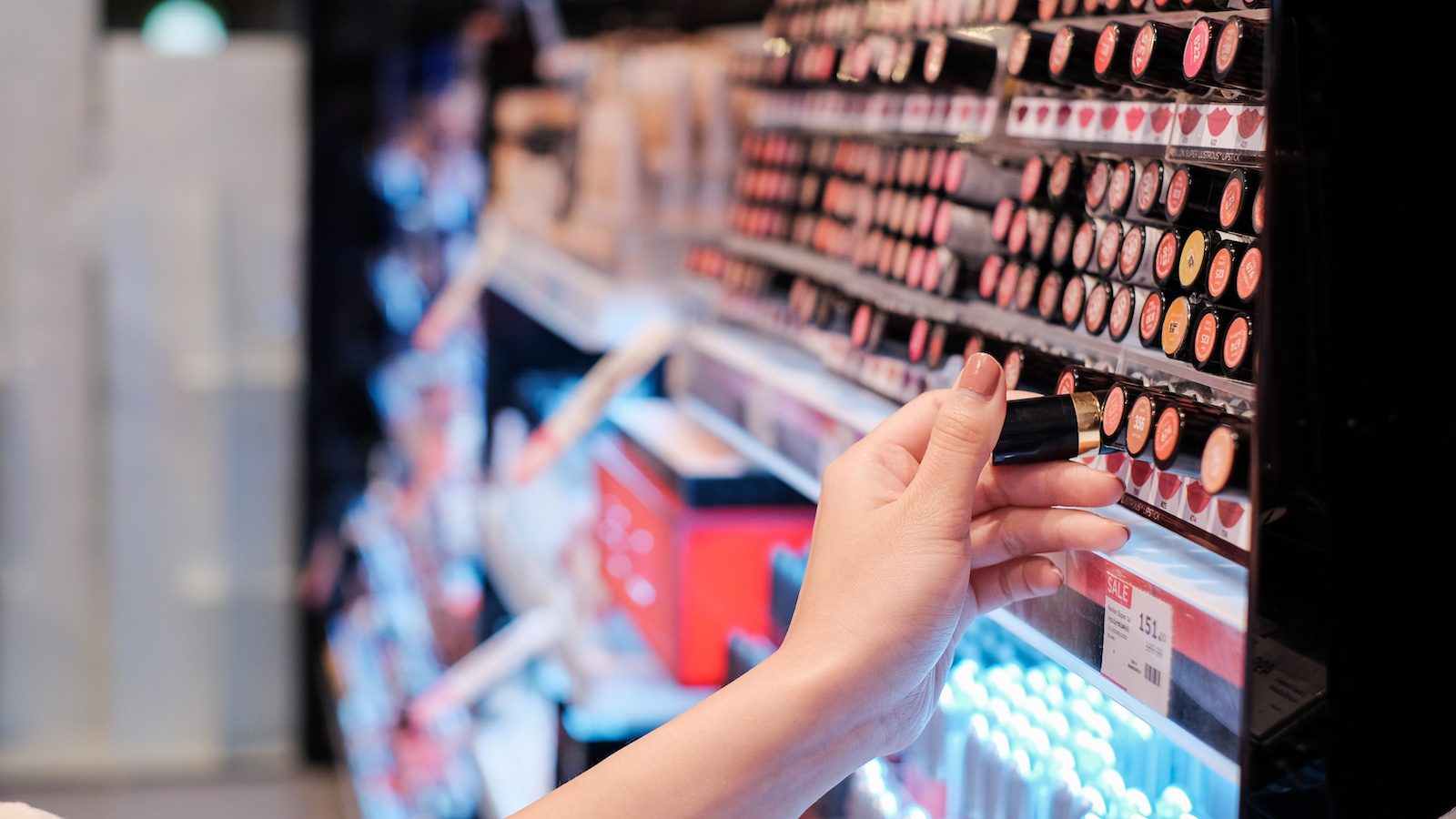This story is co-published with Teen Vogue.
The Washington state Legislature has passed some of the country’s strongest legislation to protect residents from hazardous chemicals in cosmetic products. Starting in 2025, the Toxics-Free Cosmetics Act will ban the manufacture, sale, and distribution of cosmetics containing nine chemicals and chemical classes, including formaldehyde and “forever chemicals.”
The act, passed last month and expected to become law later this month, puts Washington “at the bleeding edge” of state-level efforts to clean up the cosmetics industry, said Laurie Valeriano, executive director of the nonprofit Toxic-Free Future. Compared to similar policies elsewhere in the country, she said, it covers more chemicals and does more to foster the transition to cleaner alternatives. “It’s a huge success,” she said.
The law comes amid growing concern about toxic chemicals in shampoo, deodorant, lipstick, and other products that come in direct contact with people’s skin, hair, lips, and eyes. Repeated exposure to these chemicals can cause cancer and damage to the brain and nervous system, among other effects.
The risks are heightened for women of color, who have been found to use more cosmetics than white women. In a report released in January, the Washington state Department of Ecology found formaldehyde — a preservative that may cause cancer in humans — in 26 out of 30 hair products commonly marketed to people of color, with concentrations in one product as high as 1,660 parts per million. The short-term exposure limit for formaldehyde set by the Occupational Safety and Health Administration, or OSHA, is just 2 parts per million over a 15-minute period.
The agency also found lead, which is a human carcinogen and can cause developmental damage in children, in powder foundations at a concentration of 5.55 parts per million. There is no safe exposure limit for lead, according to OSHA.
“These are hazardous chemicals that would, if they were found at a Superfund site … trigger a substantial cleanup process,” said Ami Zota, an associate professor of environmental health sciences at Columbia University. “And yet they’re allowed in the products that we put in close proximity to our bodies.”
Washington state’s new law forbids companies from intentionally adding formaldehyde, lead, ortho-phthalates, mercury, methylene glycol, triclosan, per- and polyfluoroalkyl substances (or PFAS), and two aromatic diamines to cosmetics products. To account for unintentional lead contamination, it sets a maximum allowable lead concentration of 1 part per million, making Washington the first state to enact such a limit, according to Valeriano.
Companies that violate the law may be charged up to $10,000 per offense, although they’ll have until 2026 to sell existing stock that doesn’t meet the new standards.

Although the Biden administration enacted new safety and reporting requirements for the cosmetics industry last year, the federal Food and Drug Administration still only regulates a small number of chemicals that may be found in beauty products, like mercury in skin-lightening creams. Most chemicals are regulated on a voluntary basis by product manufacturers, or by a patchwork of state-level laws. Outside Washington state, the strongest of these laws are in California, which in 2020 banned 24 chemicals from cosmetic products sold in the state. The Golden State also requires companies to disclose whether they use certain hazardous chemicals in their cosmetics, including as “fragrance” — a blanket term that can encapsulate dozens of more specific chemical compounds.
Other states like Colorado have also banned PFAS — so-called “forever chemicals” that are linked to immune system damage and reproductive health problems — from cosmetics. Maryland implemented a similar ban back in 2021, also restricting the use of 11 other substances like mercury and certain phthalates.
Valeriano said Washington’s law goes further, however, by banning phthalates as a class rather than on a chemical-by-chemical basis, and by directing the state’s Department of Ecology to create a list of chemicals that are known to release formaldehyde, 10 of which may be restricted starting in 2026. The law also directs the Department of Ecology to help small businesses and cosmetologists transition to safer cosmetic products.
“It has a more holistic approach when it comes to not only banning the chemicals but driving safer solutions,” Valeriano said.
Zota, the Columbia University professor, said she’s encouraged by Washington’s law but would like to see greater action to address racist beauty standards that put women of color at greater risk of toxic chemical exposure in the first place. As demonstrated by research she recently conducted for the New York City-based nonprofit WE ACT for Environmental Justice, women of color often feel pressure to use skin-lightening creams, hair straighteners, and other products due to the perception that others believe straight hair or light skin is more beautiful or professional. These products may contain phthalates, parabens, formaldehyde, hydroquinone, corticosteroids, and mercury, which are variously associated with nervous system and kidney damage, among other health consequences.
“Colorism remains a huge, huge, huge problem,” Zota said, also citing workplace discrimination against braids, twists, knots, and other hair styles associated with Black people. Various versions of the Create a Respectful and Open Workplace, or CROWN, Act now ban such discrimination in 20 states including Washington and New York, and similar bills have been filed or proposed in more than 20 other states.



